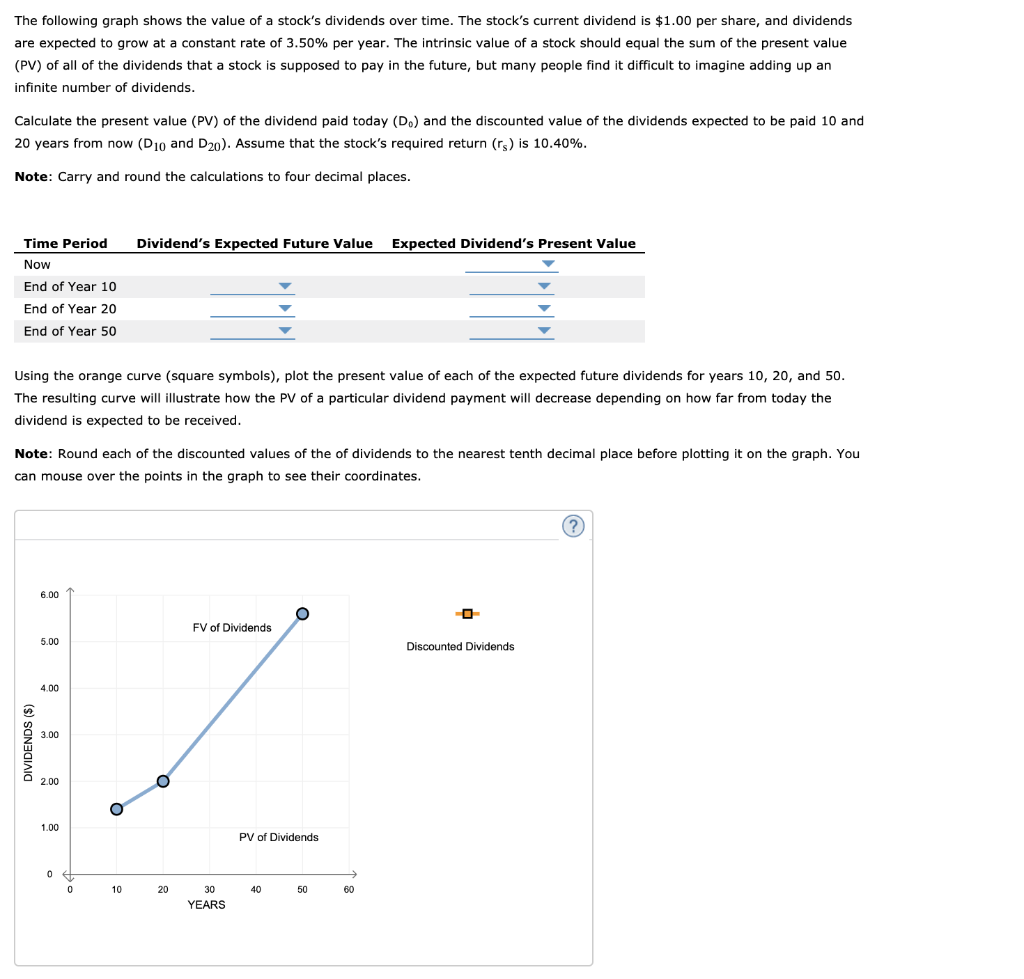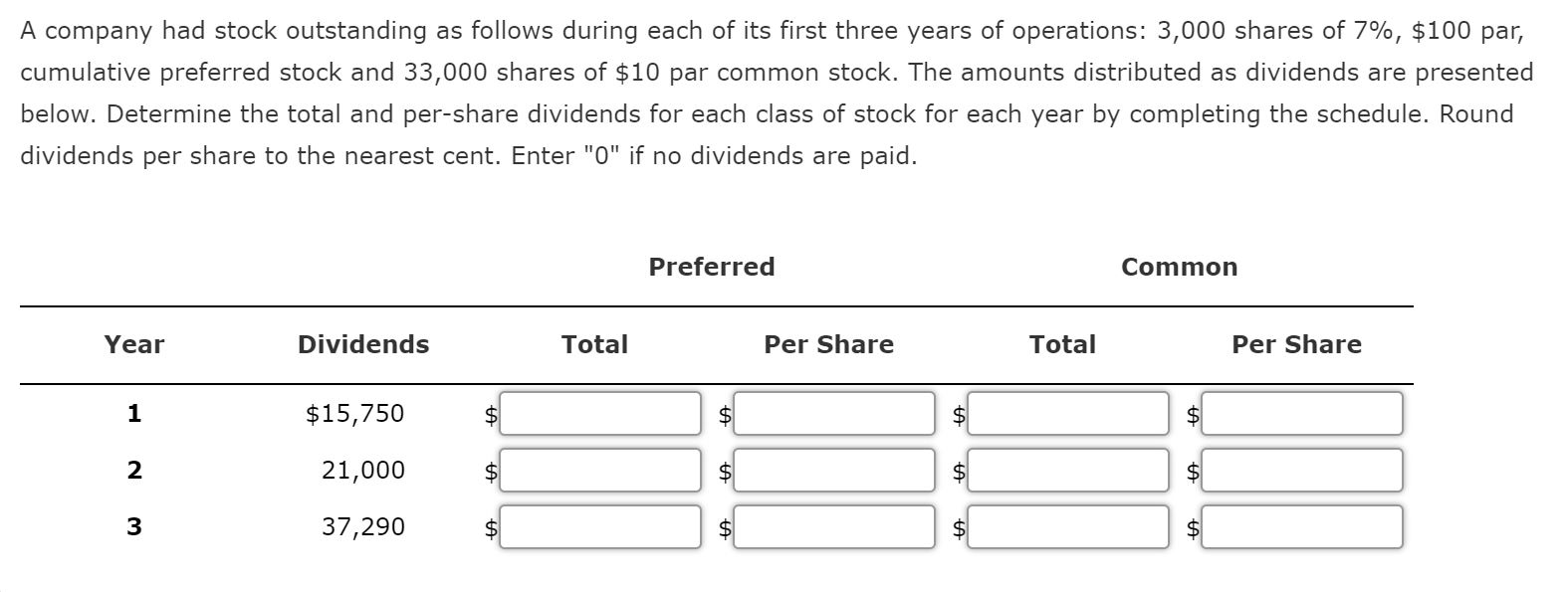How Dividends Affect Stock Prices With Examples

The DPS for company HIJ is 50 cents ($2,500,000 ÷ 5,000,000) per share. A company can decrease, increase, or eliminate all dividend payments at any time. Additionally, in this low-interest-rate environment, the dividend yield offered by dividend-paying companies is substantially higher than rates available to investors in most fixed-income investments such as government bonds. A company can’t pay dividends regularly unless it’s established and has stable earnings. Companies that pay dividends position themselves as financially strong, which may lift demand for its stock and increase its price. Not all companies pay dividends, and not all investors care about them.
Fidelity Smart Money℠
Because investors know that they will receive a dividend if they purchase the stock before the ex-dividend date, they are willing to pay a premium. Because dividends are issued from a company’s what’s your preferred federal income tax filing vendor retained earnings, only companies that are substantially profitable issue dividends with any consistency. Breaking them is both embarrassing to management and damaging to share prices.
How and Why Do Companies Pay Dividends?
So, it makes sense that buying stock in established, profitable companies capable of paying dividends could add stability to a portfolio as well as the potential for income. Investing in emerging, high-growth companies with a lower dividend yield ratio could also be value-for-money if the stock price rises. A dividend is a reward paid to the shareholders for their investment in a company, and it usually is paid out of the company’s net profits. Some companies continue to make dividend payments even when their profits don’t justify the expense.
Do dividends affect your tax?

If it instead issues a 10% stock dividend, the same investor receives 10 additional shares, and the company doles out 100,000 new shares in total. When dividends are offered in the format of discounted shares, it encourages shareholders to keep investing more in the company. Dividend-paying stocks provide a way for investors to get paid during rocky market periods, when capital gains are hard to achieve. They may provide some hedge against inflation, especially when they grow over time. They are tax advantaged, when compared to some other forms of income, such as interest on fixed-income investments. Dividend-paying stocks, on average, tend to be less volatile than non-dividend-paying stocks.
The minimum period is 61 days within the 121-day period surrounding the ex-dividend date. When counting the number of days, the day the stock is disposed is counted, but not the day it’s acquired. The dividend discount model or the Gordon growth model can help investors choose individual stocks. These techniques rely on anticipated future dividend streams to value shares.
- Economists Merton Miller and Franco Modigliani argued that a company’s dividend policy is irrelevant and has no effect on its stock price or its cost of capital.
- Each week, Zack’s e-newsletter will address topics such as retirement, savings, loans, mortgages, tax and investment strategies, and more.
- Dividends are generally paid quarterly, with the amount decided by the board of directors based on the company’s most recent earnings.
- If you’re using share trading platforms to self-manage your portfolio you can easily purchase individual shares in companies that pay dividends.
Stock trading at Fidelity
Adam received his master’s in economics from The New School for Social Research and his Ph.D. from the University of Wisconsin-Madison in sociology. He is a CFA charterholder as well as holding FINRA Series 7, 55 & 63 licenses. He currently researches and teaches economic sociology and the social studies of finance at the Hebrew University in Jerusalem. Hunkar Ozyasar is the former high-yield bond strategist for Deutsche Bank. He holds a Master of Business Administration from Kellogg Graduate School.
The dividend discount model is a classic formula that explains the underlying value of a share, and it is a staple of the capital asset pricing model which, in turn, is the basis of corporate finance theory. According to the model, a share is worth the sum of all its prospective dividend payments, “discounted back” to their net present value. As dividends are a form of cash flow to the investor, they are an important reflection of a company’s value. Whether dividend payments increase over time will depend on the company’s profitability and decisions its leadership makes about the best use of cash flow. Companies with a track record of consistent dividend payments may seek to provide certainty for investors by committing to increasing payments, but their ability to do so will be influenced by economic conditions and earnings. In addition to dividend yield, another important performance measure to assess the returns generated from a particular investment is the total return factor.
If a company thinks that its own growth opportunities are better than investment opportunities available to shareholders elsewhere, it often keeps the profits and reinvests them into the business. But even mature companies, while much of their profits may be distributed as dividends, still need to retain enough cash to fund business activity and handle contingencies. A company’s willingness and ability to pay steady dividends over time – and its power to increase them – provide good clues about its fundamentals. Stock dividends may signal financial instability or at least limited cash reserves. For the investor, stock dividends offer no immediate payoff but may increase in value over time. Of course, the investor can simply sell the extra shares and collect the cash.
This would make the following journal entry $150,000—calculated by multiplying 500,000 x 30% x $1—using the par value instead of the market price. Jody McDonald is a freelance writer based in Brisbane who specialises in writing about business, technology and the future of work. She’s helped a range of SaaS platforms and tech companies share their stories, and has written for the Mortgage and Finance Association of Australia magazine, MYOB Pulse, Anthill Magazine, Crypto News Australia and The Chainsaw. Based in upstate New York, Peter Neeves began writing for Demand Studios in 2009, and has a background writing corporate training materials. Neeves attained his Master of Business Administration from IONA College, where he received the Joseph G. McKenna award for academic excellence. Companies structured as master limited partnerships (MLPs) and real estate investment trusts (REITS) are required to make specified distributions to their shareholders.
Reinvesting profits into the company may be seen as a preferable strategy for boosting a company’s share price by signalling its long-term viability. The adjustment may not be easily observed amidst the daily price fluctuations of a typical stock, but the adjustment does happen. This adjustment is much more obvious when a company pays a “special dividend” (also known as a one-time dividend). When a company pays a special dividend to its shareholders, the stock price is immediately reduced. If you constantly paid cash to family members, your net worth would decrease. Money that a company pays to shareholders is money that is no longer part of the asset base of the corporation.
Large stock dividends occur when the new shares issued are more than 25% of the value of the total shares outstanding before the dividend. In this case, the journal entry transfers the par value of the issued shares from retained earnings to paid-in capital. This downward adjustment in the stock price takes place on the ex-dividend date.